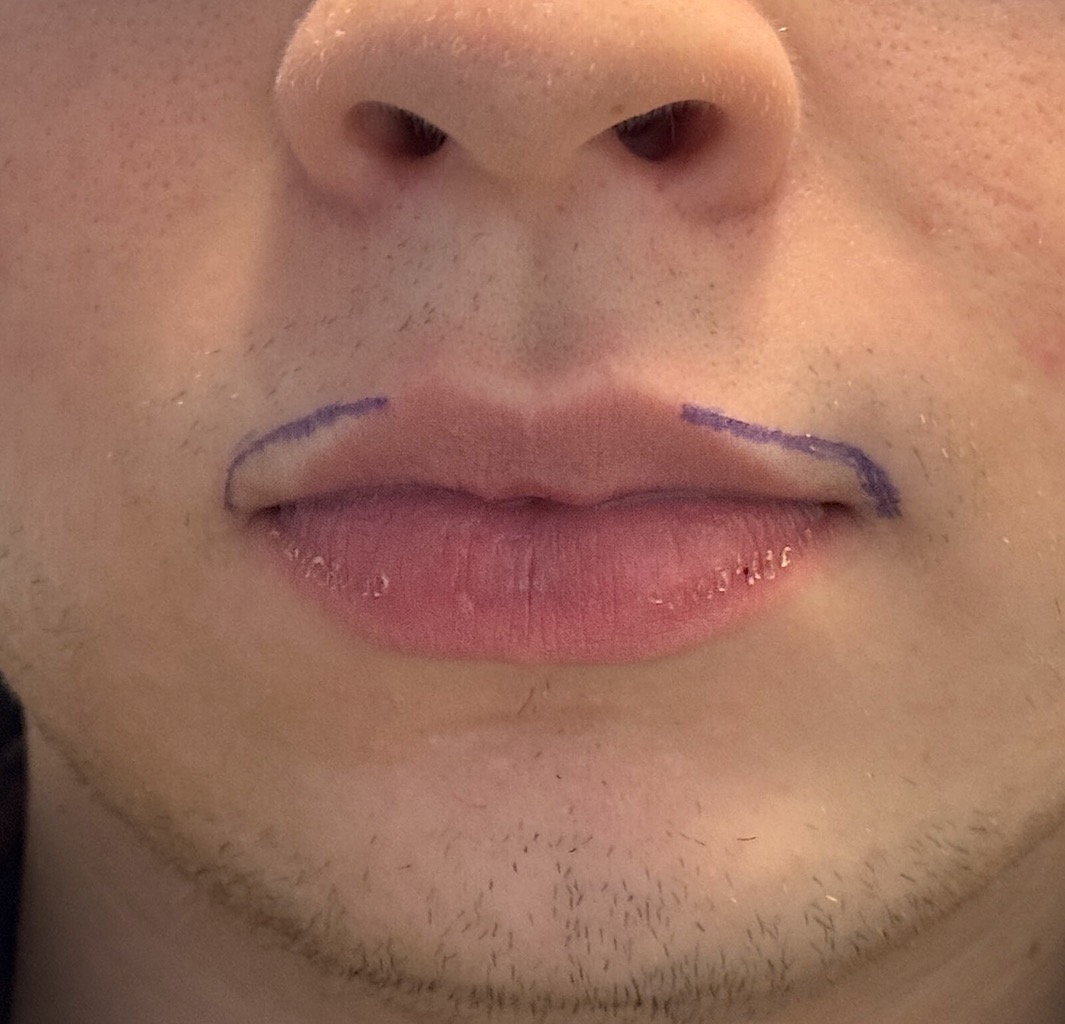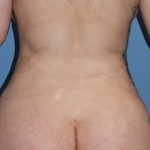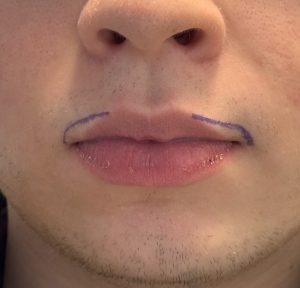The shape and size of the lips has great variability amongst individuals. Each set of lips is so unique that ‘lip prints’ are almost as individualized as finger prints. There is a natural difference in shape between the upper and lower lips due to the presence of the cupid’s bow in the upper lip which is a reflection of the more complex embryologic origin than occurs in the lower lip (merging of facial processes) Because of the non-linear shape of the upper lip it is prone to asymmetries and disproportions.
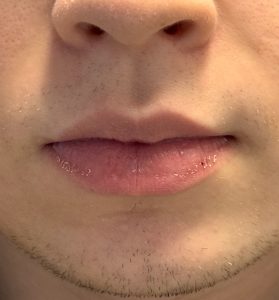
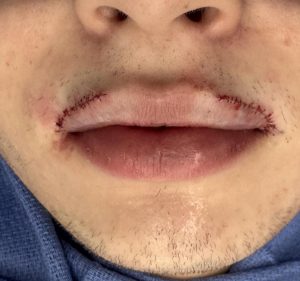
The obvious concern in vermilion advancements is the fine line scar at the vermilion–cutaneous border. While this is an understandable concern, having seen many vermilion advancement outcomes, the scar usually turns out well and the risk of the need for secondary scar revision is fairly low. The risk of scar revision seems to be related to initial lip size in my experience. The thinner and smaller the lip is, which often requires the need for greater amounts of vermilion advancement, the risk of secondary scar revision is increased. This is particularly relevant when it is a total vermilion advancement across the entire upper lip. But in limited lateral Vermilion advancements only, which does not cross the cupids bow area, the risk secondary scar revision is very low. Interestingly gender does influence how well the vermilion scar line turnout and males do better than females due to the presence of beard skin.
Dr. Barry Eppley
World-Renowned Plastic Surgeon

